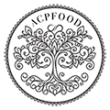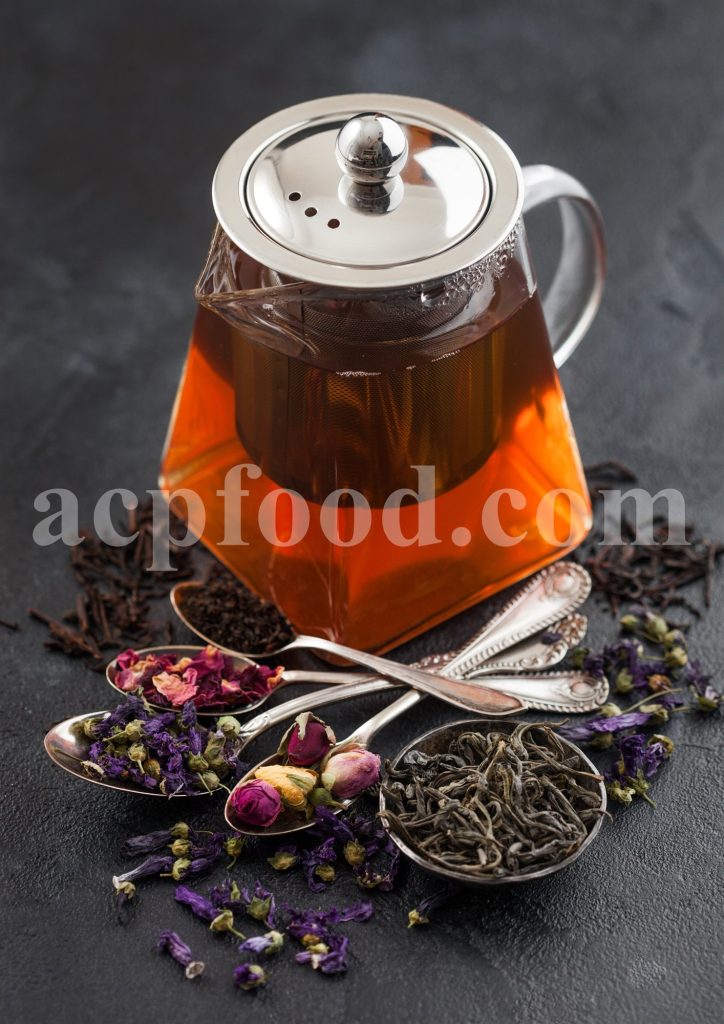Medicinal herbs can be converted into pharmaceutical formulations in various forms such as herbal infusions, decoctions, macerations, syrups, elixirs, tinctures and etc. The use of these pharmaceutical forms depends on the type of herb, the type of active ingredient, the resistance of the ingredients to heat, solubility, stability over time, and other factors. To use one therapeutic effect, a herb infusion can be used, while for a different effect of the same herb, its decoction should be used. This means that sometimes some specific substances are included in the infusions, and due to higher heat and boiling, other substances and, as a result, the properties of these two products will differ.
For example, we can compare the difference between green tea infusion and green tea decoction. Green tea infusion has a mild and pleasant taste, while its decoction is bitter, astringent, and contains a lot of tannins. Brewed green tea has a pleasant aroma and flavor and has the property of relieving fatigue, while its decoction has a dark green color, an unpleasant smell and taste, and is costive. Because when this tea is boiled, a large amount of astringent substances (tannins) enter the tea and change its appearance and effects. Therefore, when using medicinal herbs, one must be careful about which form should be prepared and used.
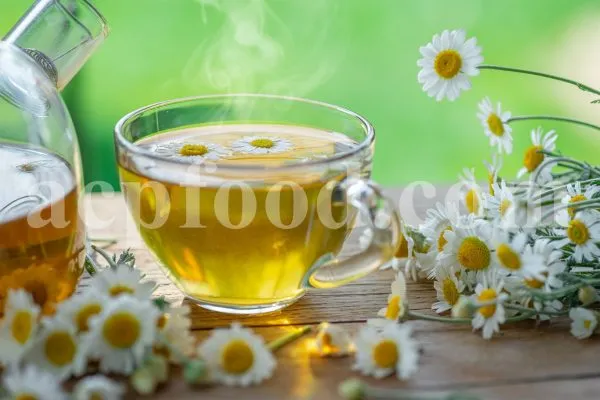
Herbal Infusions
The simplest herbal product is infusion. The parts used for infusion are basically the petals and leaves of the plant. Because they are thin and delicate. If we want to prepare herbal infusions from other parts such as stems, roots or seeds, we must crush and powder them. To prepare it, we should pour the desired herb into boiling water, stir it a little in the water, then close the teapot with a cloth or its lid for about half an hour in order to the solution does not cool quickly.
During this time, some of the active ingredients of the herb dissolve in the boiling water and then filter it (with a metal mesh or with a cotton cloth) and then squeeze the pulp to extract it and then throw away the dross, drink the solution with a little honey or rock candy. (Note that do not pour honey into the hot infusion. Let the solution become lukewarm and then add honey).
The amount of herb used is usually 500 ml (half a liter) of boiling water for 30 grams of dried herb or 75 grams of fresh herb. This amount is equivalent to 2 to 3 glasses of infusions.
You can store the infusion in the refrigerator for a short time, but due to the possibility of precipitation of the active ingredients, it is better to always consume the infusion fresh or store the excess in a cool place and consume it the same day. If the infusion does not have the desired taste, they can be sweetened with honey or candy.
The usual amount of infusions is two to three cups per day. Infusions can be consumed hot or lukewarm, not cold. Because in many cases, the active ingredients of the herbs are destroyed by boiling, the brewing method is used. For example, if Echium amoenum is boiled for a long time, it loses its purple color, which is related to the break down of its Anthocyanin molecules. Basically, the flowers and leaves of medicinal plants should be brewed with gentle heat.
Herbal Decoction
Another way to prepare herbal products is by boiling, and the solution obtained from this method is called decoction. Decoction yields a higher amount of active ingredient than infusion. Decoction is mostly used for roots, bark, twigs, and some seeds. In this preparation method, the herb is poured into the water and boil it on medium heat. Then it is boiled slowly for about half an hour. In decoction, the volume of the solution decreases due to evaporation and reaches about two-thirds. Boiling is used for hard parts of the plant, materials that do not deteriorate due to heat, or materials that do not dissolve easily in water.
The amount of herb required to prepare decoction is 30 grams of dried herb or 75 grams of fresh herb with 750 ml of water, which is reduced to about 500 ml (half a liter) after boiling.
The decoction should be consumed fresh. It can be kept in a cool place for a day. The decoction can be consumed hot or cold and it can also be sweetened with rock candy or honey if needed. The usual amount of decoction is one to two cups per day.
It Is Essential to Follow these Tips When Preparing Infusions or Decoctions:
- Before consuming the herb or its seeds, it should be cleaned and the stems and dust should be completely removed. Then wash it with water.
- The herb should be brewed in a pot with a closed lid which steam doesn’t escape so that the essence, and active ingredients of the plant do not escape through the teapot or kettle as steam.
- To prepare the infusion, always use glass, porcelain, or enamel containers, and avoid using metal containers, especially aluminum.
- To prepare the infusion, you should be careful about the amount of water used and measure it carefully.
- Herbs that have strong essential oil should not be boiled. Because the active ingredients of the herb begin to disappear at temperatures above 60 degrees Celsius (such as chamomile and peppermint).
- When using herbal teas, use as much natural sugars as possible, such as honey, dates, dried white mulberries, and currants. Because honey has antibiotic properties and is rich in minerals such as calcium, sulfur, iron, zinc, potassium, and magnesium, and contains vitamins A, B1, B2, B5, and C. Dates are also rich in natural fiber and contain unsaturated fats, and calcium, sulfur, iron, potassium, phosphorus, manganese, copper, and magnesium are found in abundance in it.
Herbal MacerationIf we soak herbs with water or other solvents for a while at normal temperature and then strain it, we call it “Maceration”. The amount of herb and solvent and the soaking time vary depending on the type of herb and should be done according to the instructions. For this operation, if the plant parts are hard and tough, they must be ground. Petals and leaves can be used in the same way. The soaking time may last from one to several days. During this time, the container should be shaken or stirred every few hours to ensure better extraction of the substances. |
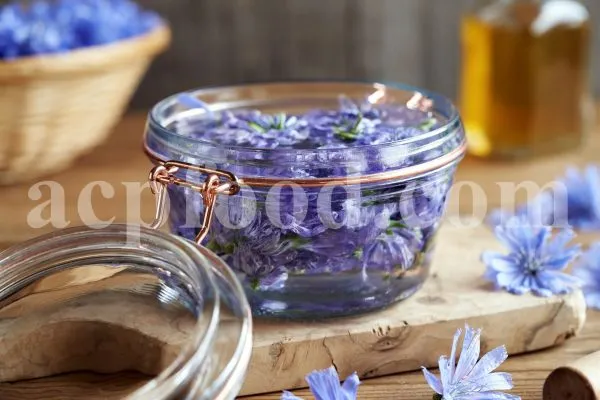
Herbal Syrup
If we add honey, rock candy, or brown sugar to the decoction or infusion of herbs, syrup is obtained. Syrups are mostly useful for chest and cough and are more suitable for children due to their sweetness. If the syrup is prepared with honey, it has better emollient effects than sugar. Industrial sugars that have bleaching chemicals added to them cannot be useful.
To Prepare the Syrup, We Proceed as Follows:
Pour 500 ml (half a liter) of the infusion or decoction into an enameled container, add 100 g of brown sugar, and stir over low heat until dissolved. Then allow the solution to cool. Then pour it into a colored glass bottle and seal it with a cork. Because sometimes the syrup ferments and creates gas, it is better to use a cork so that the cork will jump up when the gas is pressed. And if a screw cap is used, the bottle may burst.
The dosage of the syrup is 5 to 10 ml each time, up to three times a day, three tablespoons of syrup (up to 30 ml in total per day).
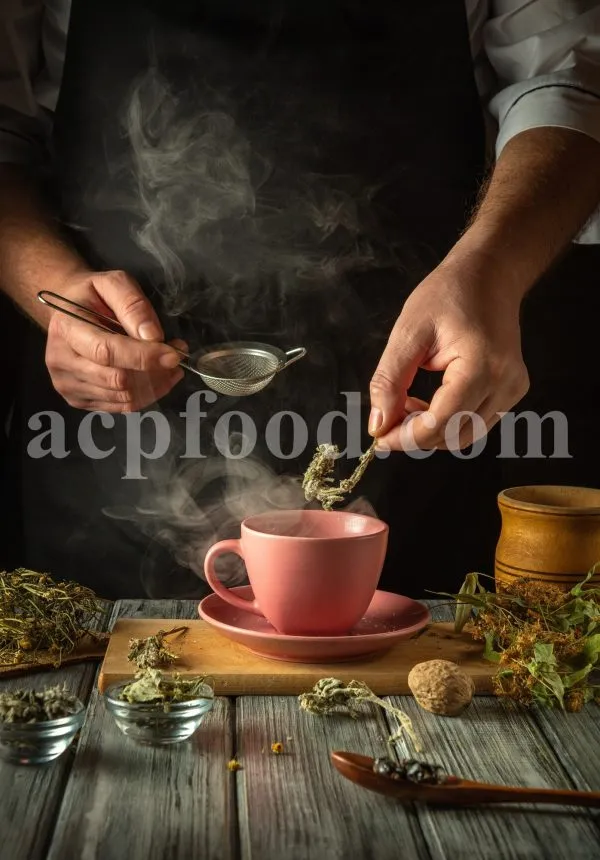
Herbal Elixir and Tincture
The best pharmaceutical forms of herbs that have been used since ancient times are hydroalcoholic solutions (mixtures of water and alcohol) of herb extracts. If the alcohol content of these solutions is about 25% (25 parts alcohol and 75 parts water), the product is called a tincture, and if it is about 60% or more, it is called an elixir. In this method, the dried or fresh herb is placed in a solution of 25% alcohol and water (25 parts alcohol and 75 parts water). All parts of the plant can be consumed. Here, alcohol, in addition to extracting substances, also has a protective and antimicrobial role.
Tinctures can usually be stored for up to two years. Industrial tinctures are prepared with ethyl alcohol, which can be diluted for home use.
To Prepare the Tincture, We Proceed as Follows:
Place the herb in a suitable container (glass jar with lid) and add a mixture of 52% alcohol and the rest water to it (the herbs should be covered completely with the solvent). Then close the jar, place it in a cool place for two weeks, shaking it every few hours.
Then strain it with a metal mesh or cloth strainer. Squeeze the pulp with pressure until nothing remains. Remaining pulp is a good fertilizer for plant growth. Pour the strained solution into a brown glass bottle or a glass container that does not let light through.
The standard amount of herb and water-alcohol mixture for making a tincture includes 200 grams of dried herb or 600 grams of fresh herb with one liter of water-alcohol mixture.
The usual dosage of standard tinctures is 5 ml up to three times a day (a total of 15 ml). When taking tinctures, they should be diluted with water, fruit juice or honey so that their taste can be tolerated.
To prepare tinctures, potable ethyl alcohol must be used. Because other alcohols are industrial and toxic.
The hydraulic solution has a solubility and polarity that can dissolve most of the active ingredients and absorb them inside. In general, the advantages of this type of product include the following:
- The sterility of hydraulic products, especially in the long term.
- The stability of the active ingredients in this type of solvent and their long shelf life.
- The rapid absorption of these solutions through the oral route and their better effectiveness than solid forms.
Also, because no additional substances and preservatives are added to these products, they have better compatibility with the body and are more tolerable. While, when these extracts are dried and are to be made into solid forms such as tablets or capsules, some chemicals must be added to them. Therefore, many people are sensitive to the added additives and will be safe from their side effects. The only advantage of solid products (tablets and capsules) is their pleasant taste, and the only disadvantage of liquid products is the unpleasant taste of many of them.
In short, it can be concluded that liquid forms such as “herbal teas” are superior to solid medicinal forms in every way except taste and faster therapeutic effects.
How to Prepare and Consume Herbal Teas
Key points in preparing herbal teas:
To obtain the best taste and healing effect of herbal tea, three important factors are influential:
A porcelain or glass teapot, water, and how the water is heated
There is an old Iranian proverb in this regard:
Teapot = Father of tea Water = Mother of tea Charcoal = Friend of tea
It Is Essential to Follow these Tips:
|
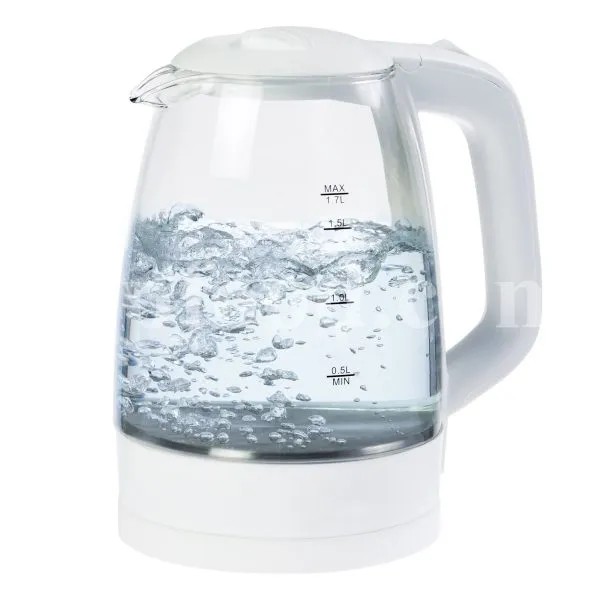
If you don’t have access to a porcelain teapot, you can also use a glass teapot such as Pyrex or ceramic.
Make sure the lid of the teapot is well-sealed. The tighter the lid, the better. The best teapot is one that doesn’t let air escape.

Cups Used for Serving Herbal TeasThere are two types of cups for drinking herbal teas: Thin and delicate teacups retain less heat and are suitable for mild herbal teas such as Lemon Verbena (Aloysia citrodora). Thicker teapots retain more heat and are more suitable for herbs with strong essential oils such as Lavender (Lavandula angustifolia). |
Preserving Herb to Prepare Healing Teas
Herbs should be kept dry and away from any moisture. Because moisture changes its taste. Any chemical can affect the quality of the herb used. Whether a single herb or a mixed herbal tea of different medicinal herbs, they should first be used based on their healing active ingredients, taste and compatibility with the consumer of the tea. Without knowledge of plant identification, one should not prepare a combined herbal tea. Combined herbal teas should be prepared in a way that contains joint and auxiliary effects, observing the principle of the nature and temperament of the plant in the combination of herbal teas is also important.
In many combined herbal teas, only one or two types of active and identical ingredients are considered, and the rest play the role of compatibility and changing the taste. In scientific terminology, herbs whose active ingredients are desired are called “Remedium cardinale”. Herbs that are selected as amplifier, intensifier and diluent of the active ingredients of the herbs with the main herbs are mentioned as “Adjuvants”. The word “Corrigent” is used for a type of mixed herbal tea. In the last step, it is important to consider the constituents or filler. These substances mainly play a pleasant role in terms of color, smell and taste in the mixed herbal tea. Therefore:
You should not arbitrarily mix medicinal herbs without sufficient knowledge.
Recognizing the four stages of preparing a mixed herbal tea involves a lot of special experiences.
To prepare herbal teas, in addition to knowing their properties, it is also necessary to know the exact weights:
- A teaspoon of dried herb powder weighs about 1.5 grams
- A tablespoon of plant root powder weighs 6 to 10 grams
- A tablespoon of dried leaf, flower, and blossom powder weighs 3 to 4 grams
- A tablespoon of plant seeds weighs about 5 to 10 grams
- A cup of herbal tea weighs about 150 milliliters of water and a glass of herbal tea weighs 250 milliliters of water.
Important Tips for Consuming Herbal Teas
|

6. There is a high probability of contamination of herbs that have been collected and stored carelessly. Therefore, make sure that the herbs you have prepared are not contaminated with mouse droppings, mold, egg laying and insect infestation, or contaminated with chemical toxins, etc.
7. Drink the herbal teas with a transparent glass or cup to ensure low concentration and color.
8. Drinking strong black tea causes staining of teeth, brown spots on the back of the hands, disruption of liver enzyme metabolism, acidity and bloating of stomach, and decreased fluid in cells and tissues.
9. Pregnant women are not allowed to use special mixed herbal teas for constipation or diuretics. Some herbal teas are harmful to pregnant women.
10. In general, it is essential to maintain a balance in daily nutrition and to understand the properties and characteristics of the herbs used when consuming them.
11. Herbal teas should be consumed once in the morning on an empty stomach (a quarter of an hour before breakfast), which makes it easier for the body to absorb the active ingredients of the tea. The second time should be consumed at around 5 pm, and the third time at night, one hour before bedtime.
12. Laxative infusions should also be taken at night one hour before bedtime, as the effects of anthraquinone (the active ingredient in the laxative) works after 8 to 10 hours.
13. To make an infusion, leaves, flowers, or delicate parts of the plant should be poured in to the boiling water and let it brew for 10 to 20 minutes, but do not boil. This method does not destroy the beneficial substances in the herbs.
Contraindications to the Use of Herbal Teas (Do not Consume these Herbal Teas):
- Very hot tea.
- Cold tea because it increases stomach moisture and disrupts digestion.
- Very thick and strong tea.
- Tea that has been left in the teapot and dried out.
- Tea that has been left overnight and reheated.
- Tea that has been made with dirty water or water contaminated with chemicals.
- Use teas an hour before or after taking chemical medications.
References:
Darman-e Bimariha ba Sardnousha va Damnoushaye Giahi Book by Dr. Mohammad Daryai
